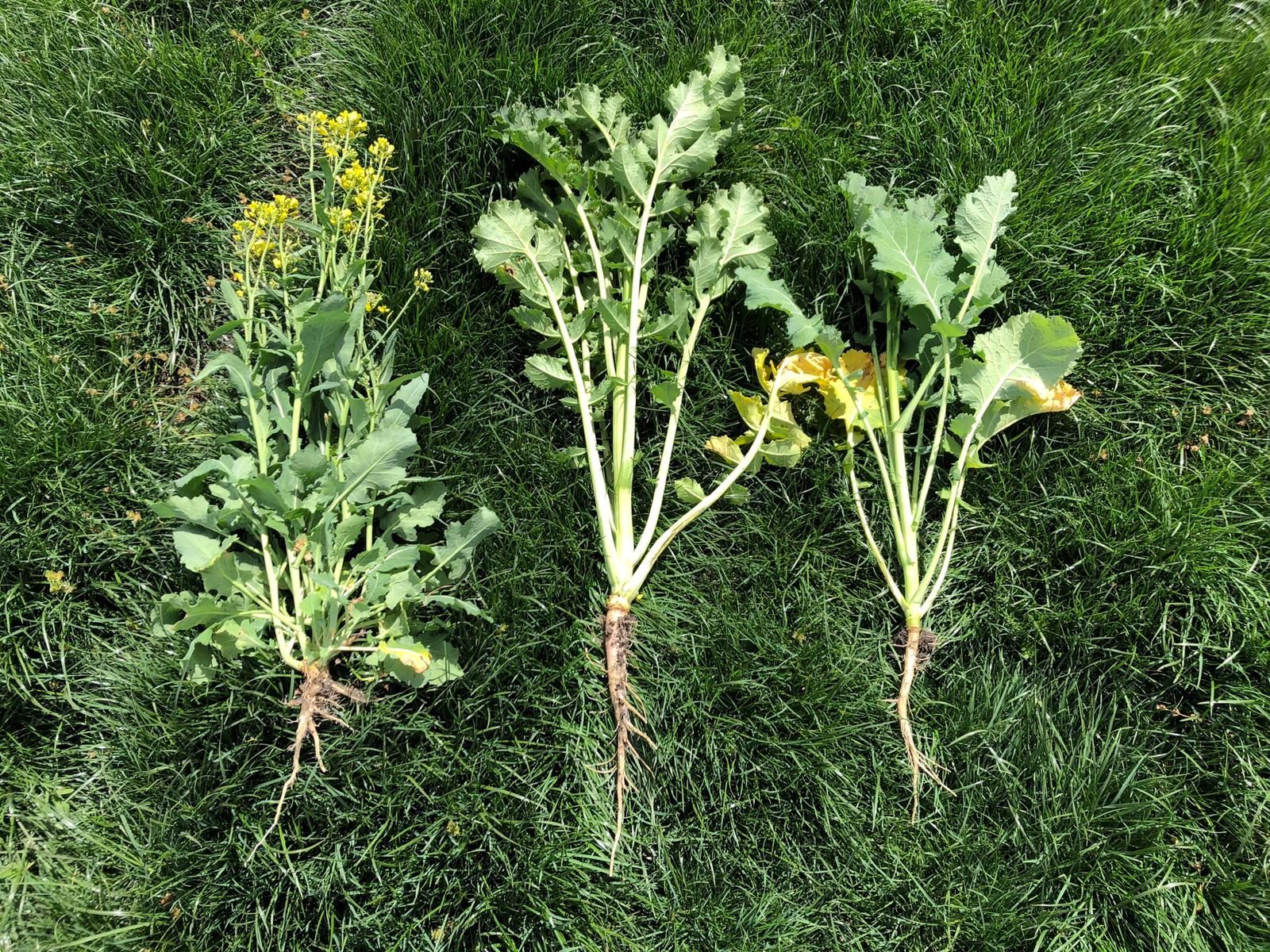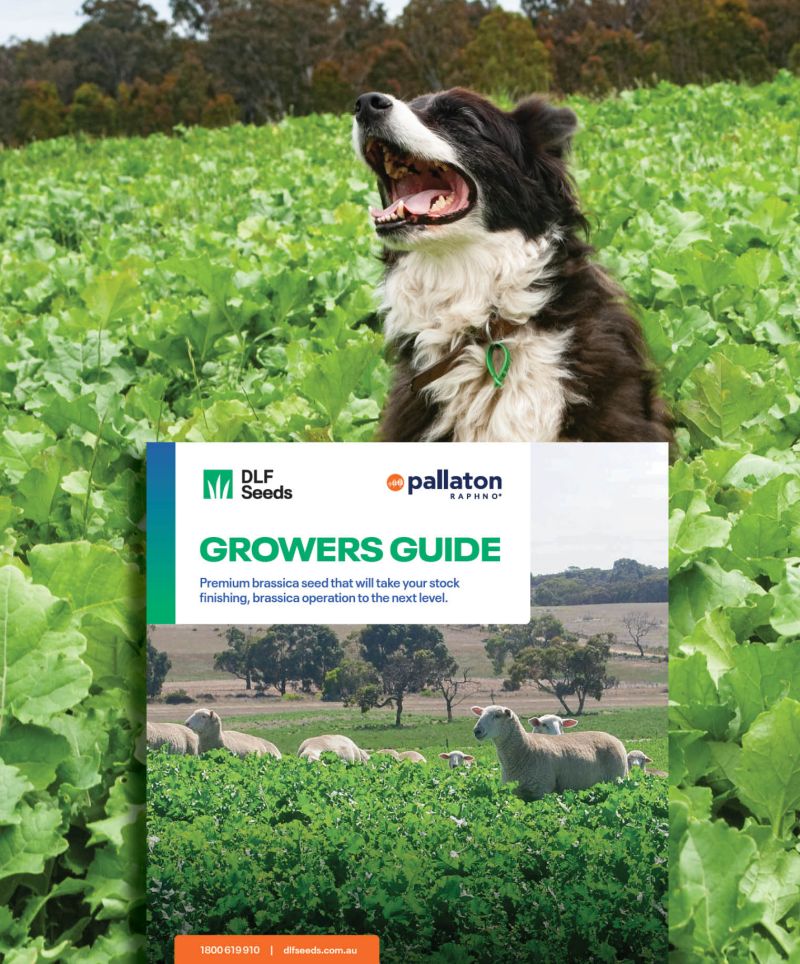Get in Touch
Contact Us
National team

Find Your Local Sales Agronomist
Pallaton Raphno® is a raphanobrassica, a hybrid between Brassica oleracea (kale) and Raphanus sativus (radish) that is ideal for finishing lambs; providing increased liveweight production. It is high yielding and offers flexible grazing as early as 56 days after sowing. It is persistent under multiple grazings and is highly palatable to stock. Recommended for experienced brassica growers. Achieve 5+ grazing’s with recommended management and under ideal conditions
Available through accredited retailers under agency agreement only. To find your nearest accredited retailer, contact you local DLF Seeds Sales Agronomist here.
Brassica seed sowing rate (sole): 8kg/ha (must be sown at 8kg/ha)
Pallaton Raphno was developed by PGG Wrightson Seeds (operating in Australia as DLF Seeds) under the Forage Innovations joint venture with Plant & Food Research. The goal of the breeding programme was to combine six important traits which would perform for Australian farmers within increasingly challenging environments.
High forage yields from multiple grazings: 14% increased yield advantage relative to Goliath® forage rape in a multi-graze system
Plant persistence under multiple grazings: Pallaton has excellent regrowth potential and has the ability to persist for up to 5+ grazings over a 12 month period under ideal conditions and with recommended management.
Aphid tolerance: 32% increase in Aphid tolerance relative to forage rape. Pallaton also has a higher level of tolerance to Cabbage White Butterfly and Diamondback Moth.
Grazing flexibility: Graze Pallaton as early as 56 days after sowing (DAS), to maximise crop utilisation and regrowth potential. A spring sown crop when sown into warm soil temperatures should aim to be grazed from 56DAS and finished within 30-40 days. Autumn sown Pallaton (into decreasing soil temperatures) may be longer to first grazing.
Clubroot tolerance: Pallaton Raphno® has a high tolerance to Clubroot which is an issue we are starting to see arise in Victoria southern New South Wales. Although Pallaton is highly tolerant to Clubroot it is still susceptible to other brassica diseases.
Water use efficiency: 38% increase in water use efficiency (WUE) relative to Goliath® forage rape. Featuring a sizeable taproot, Pallaton can be tolerant to drought once established.
Grazing canola (L), Pallaton (M) and Forage rape (R).

Pallaton Raphno® is sold by the hectare, and is sown at a rate of 8 kg/ha. Pallaton seed should be sown at a depth of approximately 10mm and rolled until firm. Sow at soil temperatures of 12°C and rising. If autumn sown ensure sowing occurs before soil temps drop below 12°C. Available under agency agreement through accredited retailers only.
See here for full details relating to the monitoring and sowing and establishment of Pallaton.
"If you don’t have lambs/cattle on hand when Pallaton is ready to graze, consider another stock class such as ewes. Ewes will help ‘open up’ the crop which can be very beneficial for introducing lambs to the crop afterwards.
Stocking rate is very important to get right. Understocking will result in poorer utilisation and risk losing quality, while overstocking may see you run short of feed. If you can’t go early, not all is lost. It may mean you can carry a higher yield forward to a period when you require it. However, adjust your expectations and understand your regrowth potential, crop utilisation and/or crop feed quality may be compromised."
Explains Dr Charlotte Westwood, Veterinary Nutritionist.
Sheep: Begin grazing Pallaton at 25cm (this can also be measured by roughly middle of shin) and stop grazing between 5 and 10cm.
Cattle: Begin grazing Pallaton at 40/45cm (this can also be measured by roughly knee height) and stop grazing between 5 and 10cm.
See here for full details relating to the grazing management of Pallaton.
^Goliath forage rape
Minimum 500mm rainfall per annum unless irrigated

